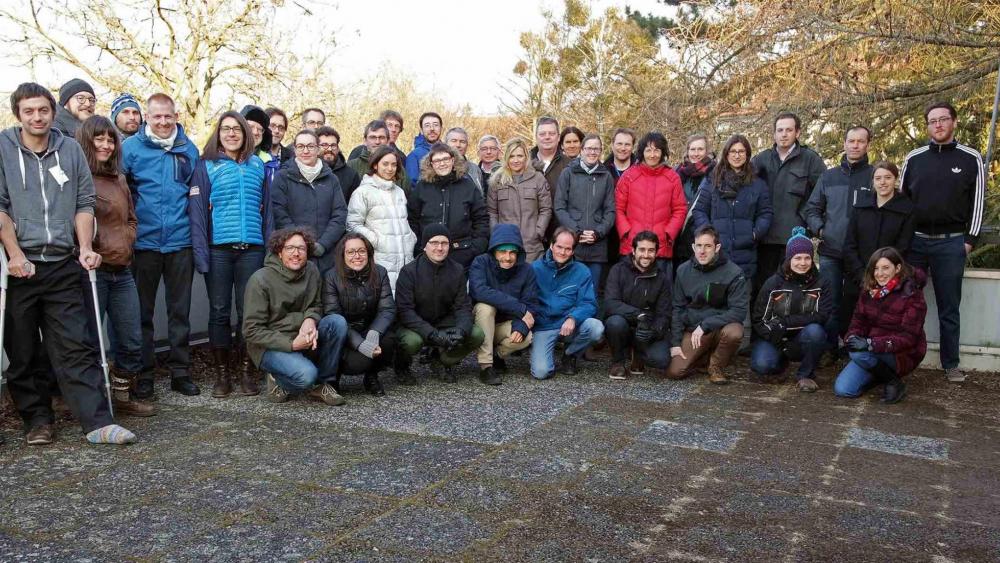
Third InDyNet workshop in Berlin in March 2018. | Photo: Regina Kollmann
InDyNet was launched in 2015 as a network of scientists studying temporal changes in biological invasions and their impacts. It is jointly coordinated by IGB and Freie Universität Berlin, and includes members from Berlin and Brandenburg, other parts of Germany and Europe, and overseas (e.g. North America). Please contact us if you are interested in joining InDyNet.
Background and goals
Invasion biology has addressed or even solved several key questions about biological invasions, but the central issues of temporal changes in biological invasions and their impacts have remained critically unexplored. Several case studies exist about long-term population dynamics of invasive species and their impacts, but a general synthesis or understanding is currently lacking. This knowledge gap is critical, as temporal shifts in invader population densities and traits are likely and may have large consequences of ecological and socio-economic interest. InDyNet aims to narrow this knowledge gap.
We investigate:
- trends in introduction rates and time lags of invaders
- boom-bust and other population dynamics of invaders
- phenotypic (incl. behavioural) and genetic changes of invaders and native species affected by invaders
- population dynamics of native species affected by invaders
- temporal dynamics in other invader impacts
- future invasion scenarios, emerging challenges and opportunities
Further information about InDyNet publications and members >





